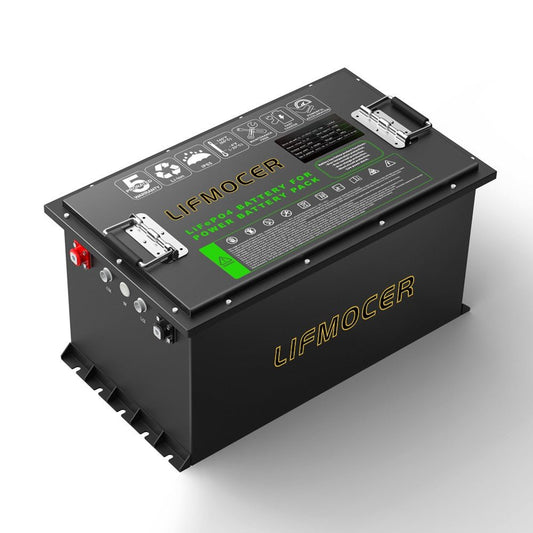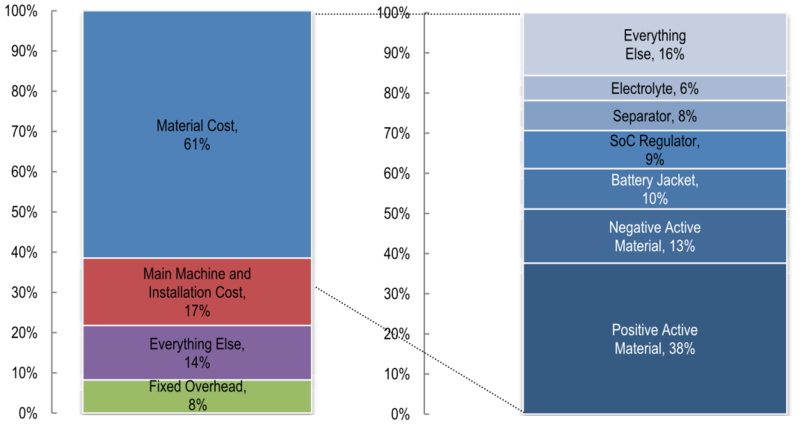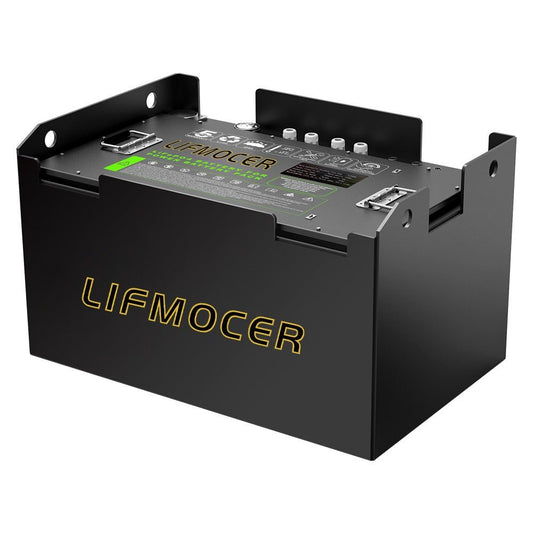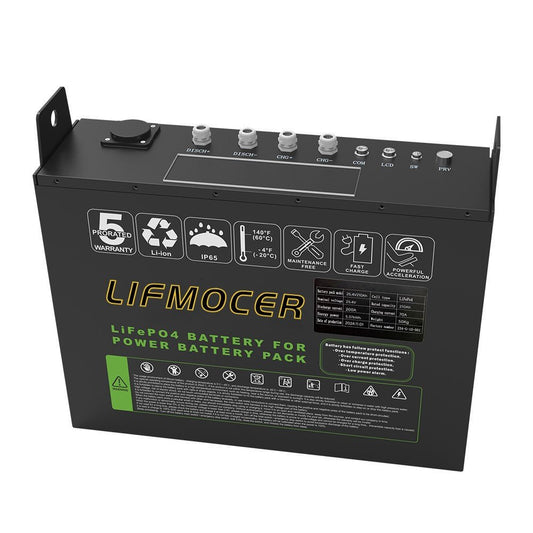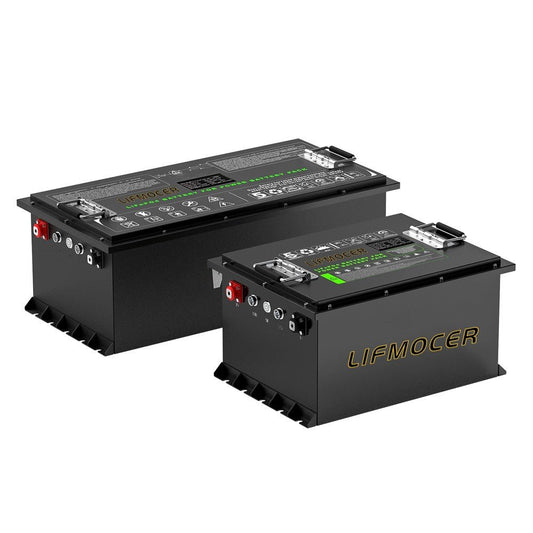Lithium Battery Pros And Cons Analysis:Why Lithium Battery Became Dominant?
From smartphones to electric vehicles and renewable energy storage systems, lithium batteries silently power our modern world. These unassuming energy packs have dethroned traditional battery technologies in less than three decades, reshaping industries and lifestyles alike. But what makes lithium-ion batteries the undisputed champion of portable power? Let’s unravel the technological brilliance and practical compromises behind this energy revolution.
1.The Science Behind Lithium Batteries: Electrochemical Excellence
How Lithium Batteries Work: Ion Migration Mechanics
Lithium-ion batteries are batteries that operate on electrochemical principles, with the core being the shuttling of lithium ions between the positive and negative electrodes. When the battery is charged, lithium ions are released from the positive electrode material (such as lithium cobalt oxide, LiCoO2) and then embedded in the graphite negative electrode. This ion migration process gives lithium-ion batteries a high energy density, typically reaching more than 250Wh/kg, which is about five times higher than the energy density of traditional lead-acid batteries.
Evolution of Cathode Materials
Modern cathode materials fall into three categories:
- NCM/NCA: Tesla's 4680 cells achieve 300Wh/kg with nickel-cobalt-aluminum chemistry
- LFP: BYD's Blade batteries offer 180Wh/kg system density with enhanced thermal stability
- Lithium-rich manganese: Nature Energy (2022) reported prototypes with 400mAh/g capacity
2. Battle of Technologies: Mainstream Lithium Battery Types
The Legacy of 18650 Cells
Standardized Li-ion cells like 18650 batteries remain popular in laptops and power tools due to robust thermal management. However, their cylindrical design limits pack efficiency to 60-70%.
Rise of Pouch and Prismatic Designs
CATL's cell-to-pack (CTP) technology boosts LFP battery volumetric efficiency by 20%, while LG Energy Solution's lithium polymer batteries dominate wearables with <3% self-discharge rates.
Solid-State Batteries: The Next Frontier
Per IEEE Spectrum (2023), Toyota's solid-state prototype demonstrates 15,000-cycle lifespan. Industry forecasts predict 40% cost reduction by 2025, potentially eliminating thermal runaway risks.
3. Lithium Battery Advantages: Why They Rule the Market
3.1 Unmatched Energy Density
Panasonic's NCA cells achieve 700Wh/L, enabling Tesla Model S to deliver 637km range. This density advantage makes lithium-ion batteries indispensable for EVs and aerospace applications.
3.2 Weight Efficiency and Longevity
- 35% lighter than nickel-metal hydride alternatives
- LFP batteries maintain 80% capacity after 8,000 cycles in energy storage systems
- Fast-charging innovations like Porsche's 800V platform enable 10-80% charge in 30 minutes
4. Challenges Limiting Lithium Battery Potential
Cost Volatility and Resource Constraints
Lithium carbonate price fluctuations caused battery cell costs to surge by 40% in 2022. Recycling infrastructure remains underdeveloped, with only 5% of spent Li-ion cells currently recycled globally.
Safety and Performance Limitations
- Thermal runaway risks: Samsung Galaxy Note7 recalls highlighted lithium polymer battery vulnerabilities
- 50% capacity loss at -20°C (Journal of Power Sources 2021)
- Cobalt dependency in NCA batteries raises ethical sourcing concerns
5. Future Outlook: Powering the Energy Transition
The lithium battery market is bifurcating: high-nickel chemistries dominate EVs, while LFP batteries lead stationary storage. Emerging technologies like silicon-anode cells (Panasonic) and lithium-metal batteries (QuantumScape) promise 50% density improvements by 2030.
As Tesla's Terafactories target 3TWh annual production by 2030, lithium batteries will remain the backbone of clean energy systems. However, achieving true sustainability requires breakthroughs in solid-state tech and circular supply chains – the next chapter in the energy storage revolution.
You May Need
LIFMOCER 48V 315Ah LiFePO4 Forklift Lithium Battery
- $2,599.99 USD
$3,099.99 USD- $2,599.99 USD
- Unit price
- / per
LIFMOCER Electric Forklift Lithium Battery 24V 280AH
- $1,499.99 USD
$2,299.99 USD- $1,499.99 USD
- Unit price
- / per
LIFMOCER 96V 210Ah LiFePO4 Golf Cart Rechargeable Batteries
- $2,699.99 USD
$3,599.99 USD- $2,699.99 USD
- Unit price
- / per
LIFMOCER 96V 315Ah Lithium Golf Cart Battery Deep Cycle
- $2,899.99 USD
$4,099.99 USD- $2,899.99 USD
- Unit price
- / per
LIFMOCER 72V 210Ah Golf Cart Lithium Batteries
- $2,499.99 USD
$3,199.99 USD- $2,499.99 USD
- Unit price
- / per




